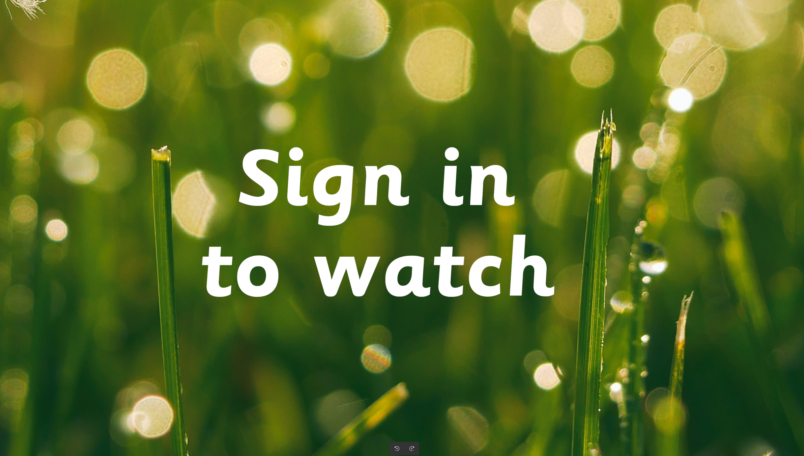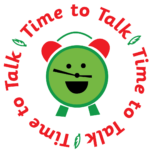Multiplication (tables): 3x: three-toed animals
Learning Objective
We are learning how to multiply by 3.
Context: 3-toed animals

Clip Description
What do the words triangle, tricycle and tripod have in common? That’s right – they all start with the prefix tri-. It means three. A triangle has 3 sides, a tripod has 3 legs and a tricycle has 3 wheels. Have you heard of the word ‘tridactyl’? There are lots of animals around the world that are tridactyl. It means that they have three toes on each foot or three fingers on each hand. The three-toed sloth, the three-toed box turtle, the three-toed skink (a lizard with tiny legs that is sometimes mistaken for a snake) and the American three-toed woodpecker all belong to this group.
In this fascinating clip, we are shown a three-toed sloth’s swimming technique. Despite their sluggish movements on land, sloths are surprisingly agile in the water. They perform a breaststroke, much like a human, using their four long legs to push themselves forwards.
Quick Number Challenge
Any number that cannot be divided by 2 is called an odd number. The number 3 is an odd number.
Can you list all of the single digit odd numbers? Can you find the sum total of all of the single digit odd numbers?

 Sign in
Sign in

